Breadcrumb
News archives
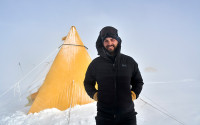
Probing Antarctica by Land, Sea, Air, and from Earth Orbit
Scripps Oceanography research agenda ranges from microscopic organisms to ancient ice and studying ice sheet mass loss
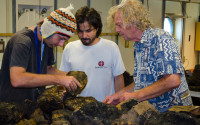
Scientists Propose New Theory for How Continents Form
Rocks dredged from seafloor tell story of a dynamic Earth process
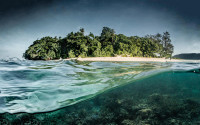
New research shows people, wildlife, and marine environment benefit when island-ocean connections are restored
A research and conservation collaboration highlights rewilding islands and breaking down artificial silos for big marine and terrestrial gains
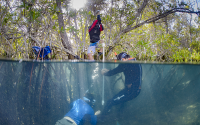
Scientists Dig into Sediments for Clues on Carbon Storage
From San Diego to the Galapagos Islands and beyond, Scripps Oceanography researchers are revealing the mysteries of carbon sequestration in aquatic ecosystems
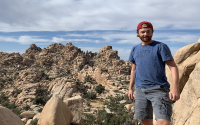
Scripps Student Spotlight: Benjamin Gruber
Geology and geochemistry PhD student researching rocks, how volcanoes form, and how continental crust is made on planets other than Earth

Six Scripps Oceanography Researchers Awarded for Scientific Excellence
AGU’s 2022 awardees include Scripps’ Carlene Burton, Daniel Cayan, Catherine Constable, Wenyuan Fan, Gabi Laske, and Vashan Wright
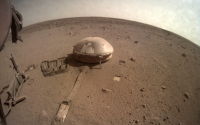
Surprise, Surprise: Subsurface Water On Mars Defies Expectations
Physics connects seismic data to properties of rocks and sediments
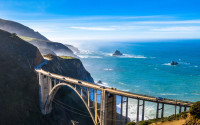
New High-Resolution Study on California Coastal Cliff Erosion Released
Website presents details on state’s continually changing coastline
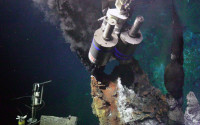
New Hydrothermal Field Discovered in East Pacific Ocean
Discovery by Scripps Oceanography geoscientist and colleagues demonstrates there are more hydrothermal vents in deep sea than thought
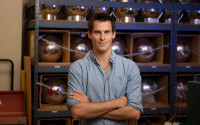
Confirmed: Atmospheric Helium Levels Are Rising
A by-product released by use of fossil fuels has been increasing since 1974
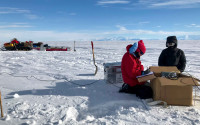
Groundwater Discovered in Sediments Buried Deep Under Antarctic Ice
Study proves value of electromagnetic techniques in a new polar environment
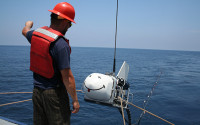
Plumes of Hot Material near Earth’s Core Grease Way for Moving Slabs of Earth
New study helps explain dynamics of plate tectonics
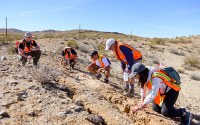
U.S. News Names UC San Diego Graduate Programs Among Top 10 in Nation
Geophysics program ranked sixth, geology 12th

Scripps Student Spotlight: Jeremy Wing Ching Wong
PhD student researches the mechanisms behind earthquakes in order to understand their origins and effects
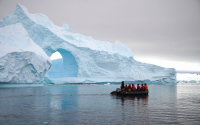
Scientists returning to expansive data collection in Antarctica
Scripps Oceanography research resumes on frozen continent after COVID-19 interruption
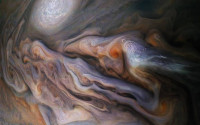
Ocean Physics Explain Cyclones on Jupiter
Images from NASA satellite of polar cyclones on Jupiter allow scientists to study the forces that drive them
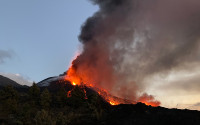
On the ground at the La Palma eruption
Scripps geologist James Day writes about returning to the volcanic island where he did research for his PhD
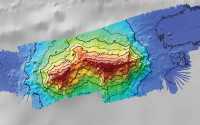
Seamount Named for Iconic Scripps Oceanographer Walter Munk
The new Munk Guyot southwest of Hawaii was mapped by research vessel Sally Ride in 2019
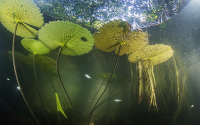
Hidden Mangrove Forest in the Yucatan Peninsula Reveals Ancient Sea Levels
Researchers investigate an ancient coastal ecosystem found more than 120 miles from the nearest ocean, revealing sea level impacts from the last interglacial period

Search for the World’s Oldest Ice to be Initiated
Scientists hope ice samples as much as five million years old can preview what society will face in coming century
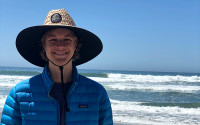
Scripps Student Spotlight: Jesse Robinett
An undergraduate student tracks low cloudiness along California’s coast
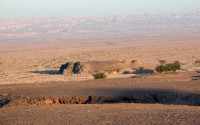
How Earth’s Magnetic Field May Provide New Ways of Dating Archaeological Artifacts
Research leverages 20 years of excavations
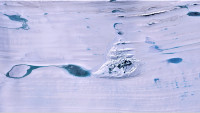
Scientists Track Sudden Disappearance of Antarctic Ice Shelf Lake
Detailed observations enable better understanding of future ice shelf stability
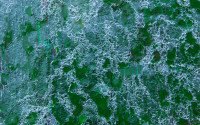
Climate Colder on Land During Last Ice Age than Thought
Study uses dissolved gases in ancient groundwater as a thermometer for the past
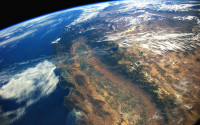
Scientists Map “Pulse” of Groundwater Flow through California’s Central Valley
Advances in remote sensing are providing a first glimpse of groundwater recharge in the San Joaquin Valley
Pagination
Sign Up For
Explorations Now
explorations now is the free award-winning digital science magazine from Scripps Institution of Oceanography. Join subscribers from around the world and keep up on our cutting-edge research.